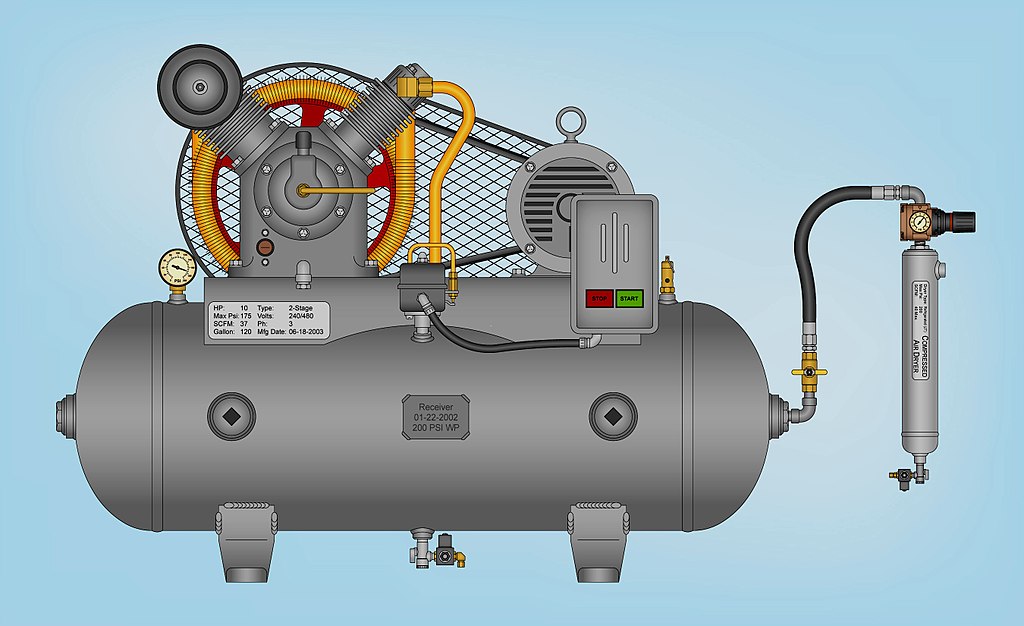When you are looking for the best air compressor, there are a few things you need to take into account to make sure you get the
When purchasing an air compressor, there are many factors to consider. This guide aims to help you sort through the different options and make the best decision for your needs.

We’ll cover everything from size and power requirements to extra features and accessories. So whether you’re a professional contractor or a DIY home improvement enthusiast, read on for all the info you need to buy the perfect air compressor.
One of the most important considerations when buying an air compressor is finding one that’s the right size for your needs.
If you choose a model that’s too small, it won’t be able to power plasma cutter or other heavy-duty air tools. And if you choose one that’s too large, it will be more expensive and use more electricity.
To find a suitable size air compressor, you need to know three things:
This is the size of the air tank on the compressor. It’s usually expressed in gallons. A larger tank will hold more air, which means it can run your tools for longer before stopping and recharging.
Read Also:
This stands for cubic feet per minute, and it’s a measure of how much air the compressor can deliver. The higher the CFM, the more powerful the compressor.
This stands for horsepower and measures how much power the compressor motor has. A higher HP means more power and faster air delivery.
To find the right size air compressor, you need to know your tools’ CFM and HP requirements. Once you have that information, you can choose a compressor with the appropriate CFM and HP rating.
Now that you know the basics of air compressor sizing and power let’s look at some of the extra features and accessories that can come in handy.
This feature automatically turns off the compressor when it reaches a certain pressure. That way, you don’t have to worry about overfilling the tank.
This lets you adjust the pressure of the air coming out of the compressor. That way, you can match it to the requirements of your tools.
This lets you see at a glance what pressure the compressor is currently operating at.
This is a must-have if you’re using air tools. Make sure to get one that’s the right size for your needs.
This helps remove contaminants from the air, making it cleaner and safer to breathe.
Now that you know what to look for, you’re ready to buy an air compressor.
Just remember to choose the right size and power for your needs, and don’t forget to add on any extra features or accessories you might need. With this guide, you’ll be sure to find the perfect air compressor for your needs. Check here if you need more help with your air compressor.
The best way to determine the correct size air compressor for your needs is to know the tank size and CFM rating.
Tank size is usually expressed in gallons, and CFM stands for cubic feet per minute. The higher the CFM, the more influential the compressor.
It will depend on the types of tools you’re using. You’ll need a compressor with a higher CFM rating if you’re using air tools. A lower CFM rating will suffice if you’re just inflating tires or running a small airbrush.
What is the difference between a portable and stationary air compressor?
A portable air compressor is small and can be easily moved from one location to another. A stationary air compressor is more significant and must be installed in one place.
Air compressors can range from around $100 to $1000, depending on the size, power, and features.